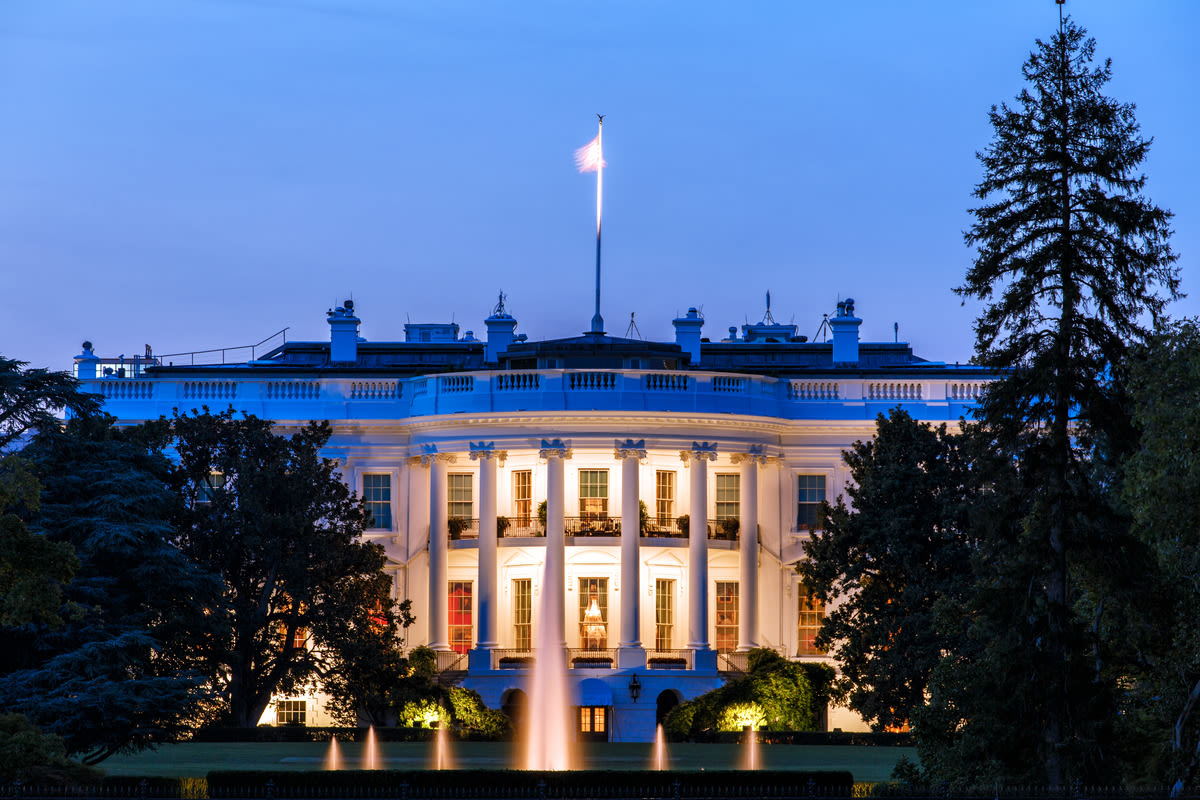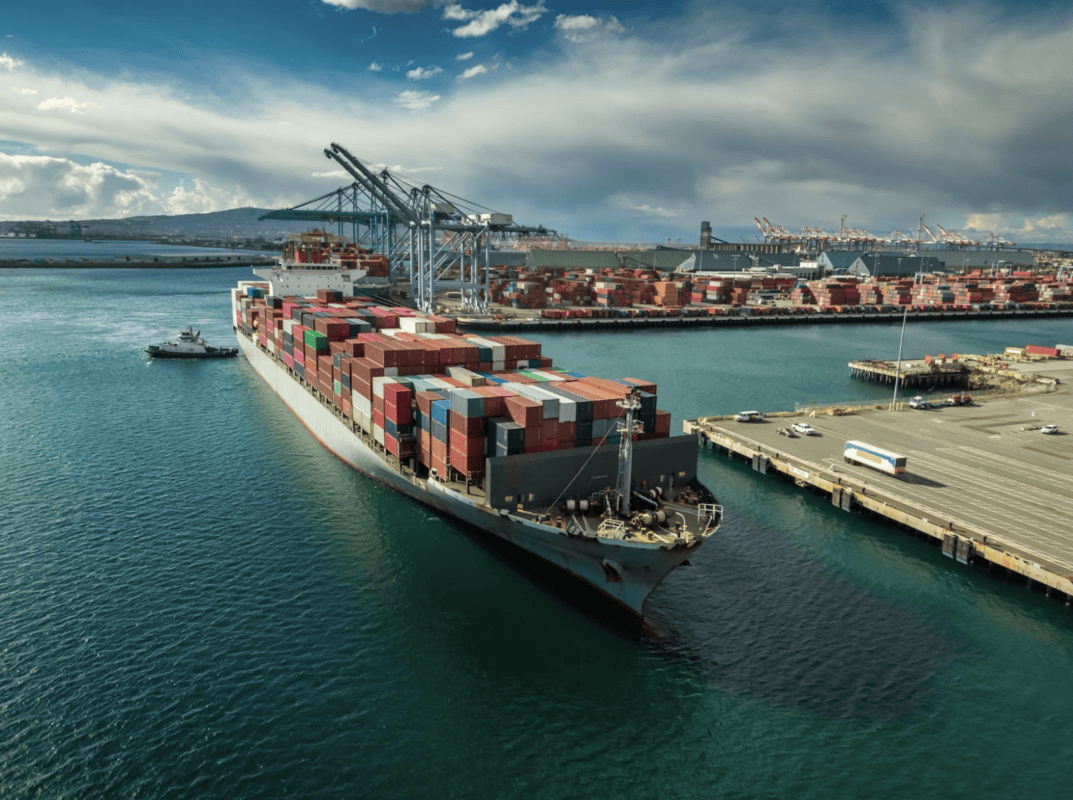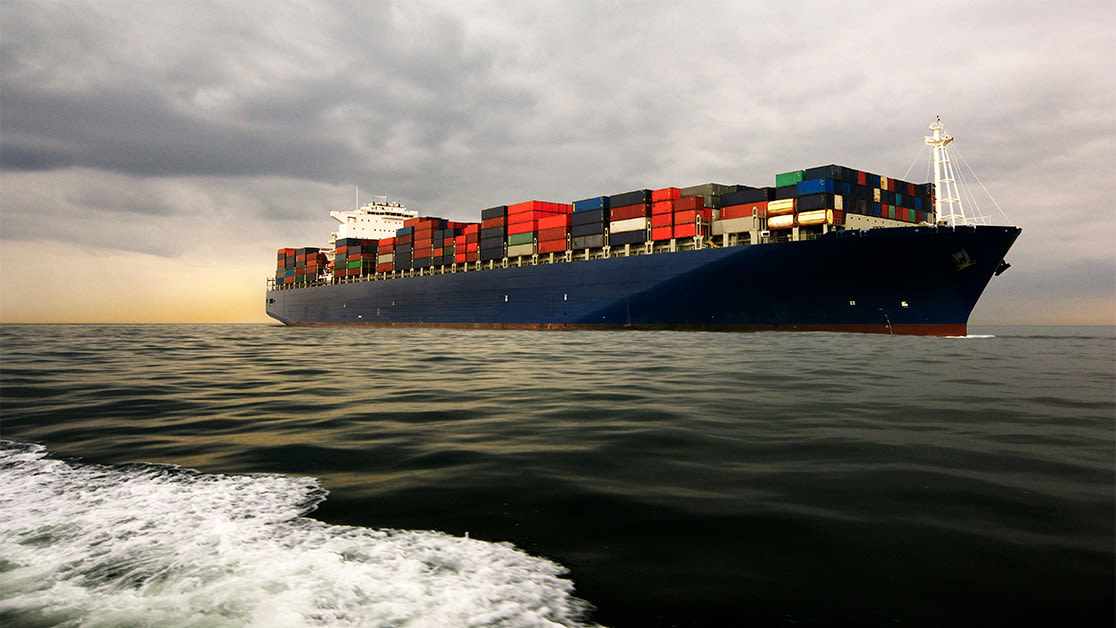
April 24, 2025
Breaking Down the USTR’s Chinese Vessel Fees: Costs, Exemptions, and Strategic Moves
Tags:

April 24, 2025
On April 17, the Office of the United States Trade Representative (USTR) announced a revised version of fees on Chinese-built and operated vessels that will begin to be implemented on October 14, 2025. The announcement is less aggressive than the originally proposed fees that were put forward on February 21, adding less cost than originally anticipated. For example, the original proposal included “per port fees,” but the latest announcement shared that the fees will be “per U.S. voyage.” Additionally, in the original proposal, nearly all carriers were impacted, whereas in this revision a handful of carriers will be exempt. Those who are impacted will have a maximum charge of five times per year per vessel, which limits their exposure and provides options to mitigate the fees.
According to the USTR, the announcement follows a year-long Section 301 investigation following a public hearing in March 2024, with more than 600 responses from sources ranging from shipping lines, port authorities, to the agricultural industry. For context, Section 301 is a part of the Trade Act of 1974 that allows the USTR to investigate and respond to unfair trade practices by foreign countries. Based on the information provided from the USTR, here is what we know about these fees so far. However, there are still many unknowns.
First and foremost, there are no fees until October 14, 2025, after which there are four Annexes related to vessel fees and restrictions that will be implemented. The below Annexes are not cumulative, and are mutually exclusive. For example, if Annex 4 applies to a shipper, that shipper is exempt from the other three Annexes. Similarly, if an importer is shipping foreign-built car vessels, they are also exempt from the other three Annexes. Annex 1 and 2 are also mutually exclusive; if you qualify for Annex 2, then you are exempt from Annex 1.
Annex I: Increased fees on vessels with Chinese owners/operators; fee will be per U.S. voyage and based on net-tonnage
Annex II: Increased fees for Chinese-built vessels; fee will be per U.S. voyage and based on net-tonnage or containers, whichever is higher
Annex III: Fees on foreign-built car carrier vessels not produced in the U.S.
Annex IV: In 2028, there will be limited restrictions on transporting liquified natural gas vessels; these restrictions will increase incrementally over the next 22 years
See the chart below for a detailed breakdown.
| Annex I | Annex II | |
|---|---|---|
| Applies to | Vessels of Chinese owners / operators | Chinese-built ships |
| Excludes | Vessels impacted by Annex III and Annex IV | Vessels impacted by Annex I, Annex III, or Annex IV; Vessels smaller than 4,000 TEU; U.S.-owned vessels |
| Charged by | Net-tonnage | Net-tonnage or container count, whichever incurs a higher fee |
| Fee Effective April 17, 2025 | $0 | $0 |
| Fee Effective October 14, 2025 | $50 per net ton | $18 per net ton; $120 per container |
| Fee Effective April 17, 2026 | $80 per net ton | $23 per net ton; $153 per container |
| Fee Effective April 17, 2027 | $110 per net ton | $28 per net ton; $195 per container |
| Fee Effective April 17, 2028 | $140 per net ton | $33 per net ton; $250 per container |
Under the terms of the original proposal that recommended fees would be per port, there were concerns that smaller ports would be skipped altogether to avoid costs, causing a major ripple effect in the economies that surround ports like Oakland and Seattle. Fortunately for these ports and communities, the new fees apply per voyage, not per port call.
If carriers retain their existing network setups, we project an average cost of approximately $200 per TEU, with Chinese-operated vessels incurring a higher per-net-tonnage impact. Conversely, carriers with minimal Chinese ownership, fewer Chinese-built vessels, or smaller vessels (under 4,000 TEU) are likely to face lower overall fees, potentially resulting in a reduced per-TEU cost. Based on preliminary calculations using Annex I and Annex II charges, the top 10 major ocean carriers could see costs ranging from $120 to $300 per TEU if they make no changes to their networks. It remains uncertain how carriers will pass these fees on to Non-Vessel Operating Common Carriers (NVOCCs) and direct clients. However, some carriers like Hapag-Lloyd have responded and stated they will need to pass extra costs to their customers.
“We also expect the new port charges to lead to price increases for consumers and generally weaken U.S. trade,” Hapag-Lloyd added.
We expect carriers to optimize their port rotations and routes to mitigate fees. For instance, we may see carriers move Chinese-made vessels to non-U.S. trades, or reduce port calls to speed up rotations and hit the five-charge maximum more quickly. The 180-day lead time gives carriers time to shift their plans and mitigate costs. With all of the variables at play, it’s difficult to assess how this will impact pricing across the industry as a whole. For example, less impacted carriers could keep lower prices to gain market share, or they could increase prices alongside impacted carriers to capture higher profit margins.
For more information on the evolving tariff landscape, check out our live tariff and trade policy blog post, and subscribe to our weekly Global Logistics Update newsletter.
About the Author

April 24, 2025




